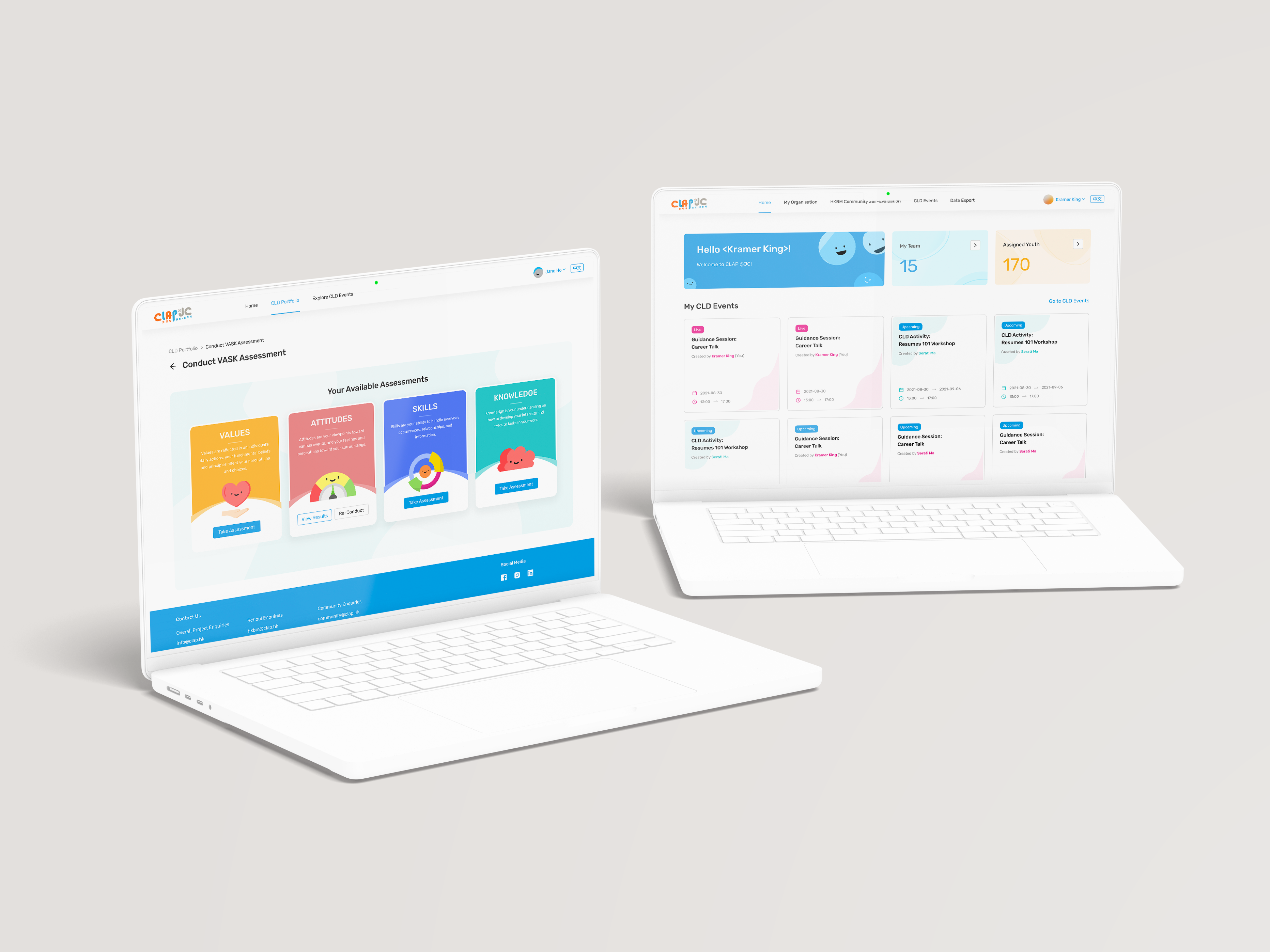Innovating the health and wellness clinic of the future
Designing a health and wellness service that bridges clinical credibility with premium experience, creating a new market category and operational blueprint in Hong Kong, with a vision to expand to the Greater Bay Area.
(8-10 minute read)
The challenge
Our client secured a 14,000 ft² space and assembled expert partners to create a premium health and wellness service targeting affluent professionals, with hopes to scale across the Greater Bay Area (China). They had no operational blueprint, unclear technology integration, and just 12 months to launch in a highly regulated market.
Role: Service Designer defining the service proposition and strategy alongside Innovation Directors, Business Analysts, Product/UXUI and Tech work streams (USA, HKG)
Timeline: 4 months + 8 months implementation support
Core skills: Service design, user research, business strategy, spatial design
How do you design a scalable service for customers who need both clinical precision and premium hospitality in one experience?
The outcome of an early stage discovery session with our clients to get to know what it is that they need help on. Helped us determine the scope of the project.
Key stakes:
• Building a compliant, end-to-end clinical service from scratch
• Aligning multidisciplinary partners under a cohesive operating model
• Defining a scalable, tech-enabled service vision under regulatory constraints
• Launching within an ambitious 12-month window
• Need to differentiate to secure market share — or lose out against competitors
Market opportunity
Starting off with a competitive analysis, a clear gap was revealed: Existing services fell into distinct categories with no overlap:
Embracing friction
The Hong Kong market was polarized between sterile medical clinics and indulgent wellness centers. No one was successfully combining clinical precision with personalized, premium experiences.
This created our strategic question: How might we leverage scientific credibility while creating an actively engaging wellness experience?
Research and discovery
Target audience validation
Through interviews with 12 affluent Hong Kong professionals, our team identified key behavioural patterns and needs:
• Information overwhelm: People aggregate information from multiple sources but struggle to
know what's credible
know what's credible
• Comparison trap: Constantly measuring themselves against peers rather than personal progress
• Family motivation: Health decisions increasingly driven by responsibilities to loved ones
• Trust deficit: Difficulty finding reliable guidance that feels personalized rather than generic
Stakeholder alignment
Our team facilitated workshops with medical practitioners, wellness experts, interior designers, and tech partners to align on service vision. Despite their different disciplines, they shared the same goal: helping people reach their optimal state through sustainable, personalized approaches.

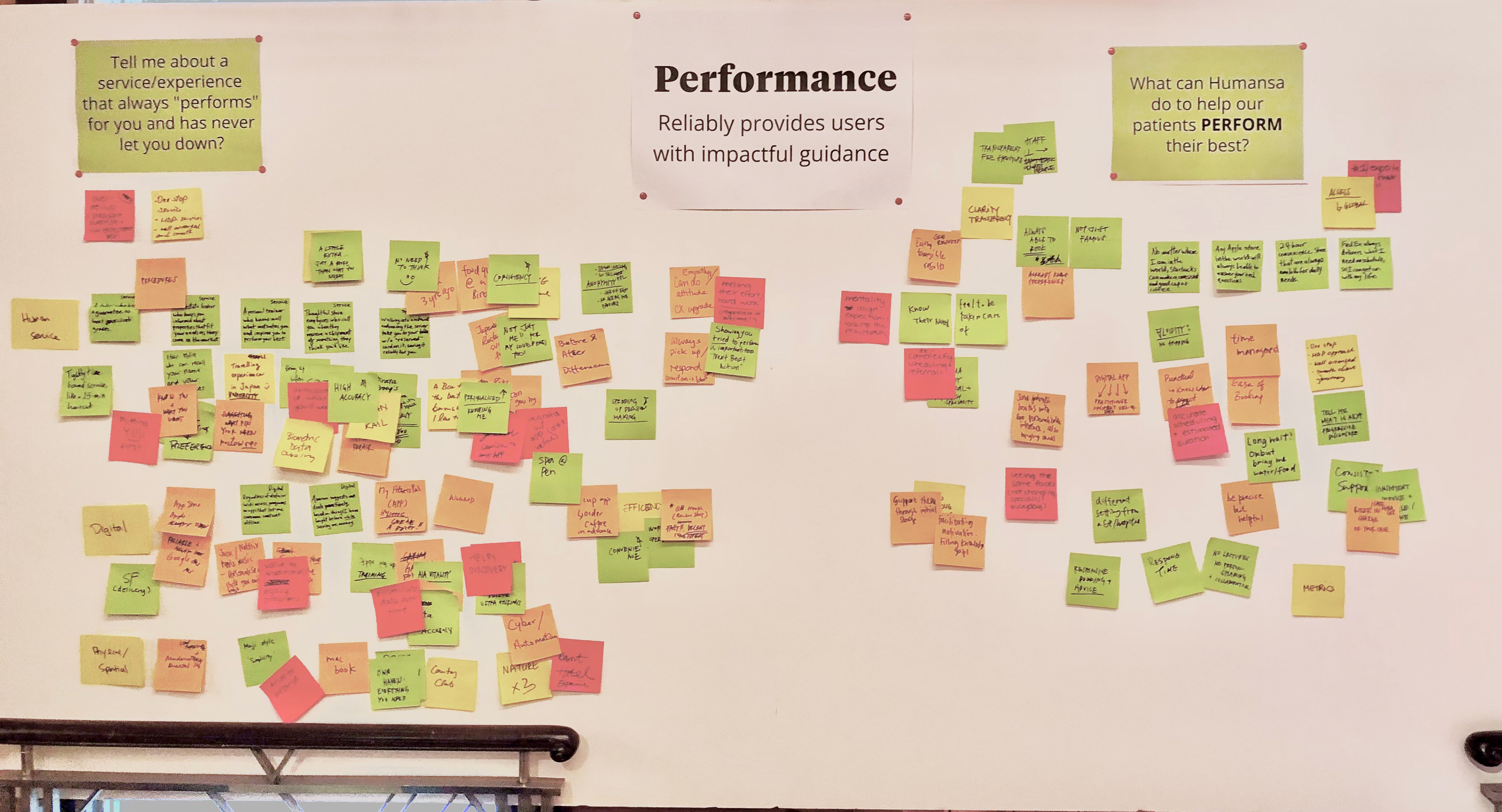

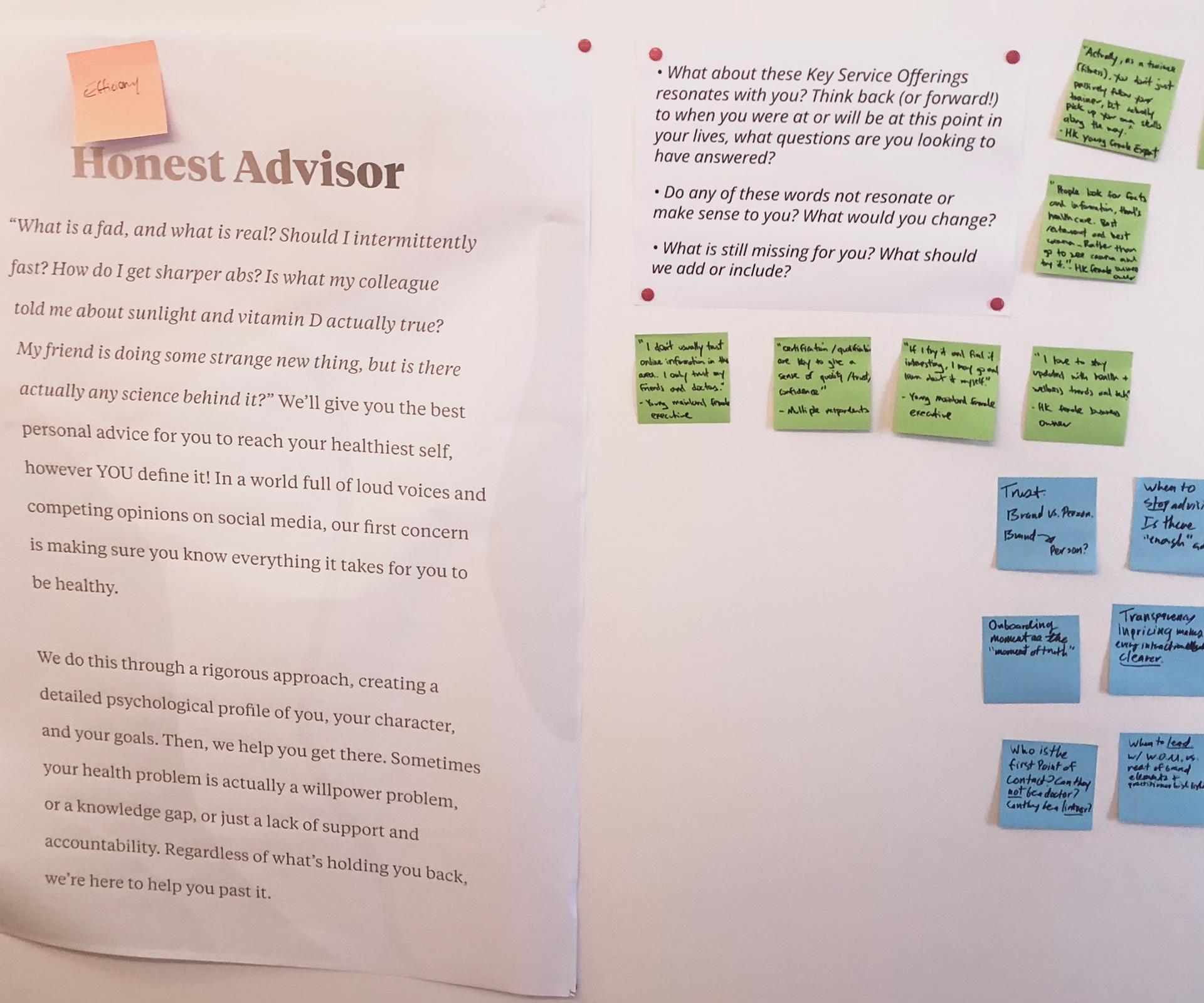

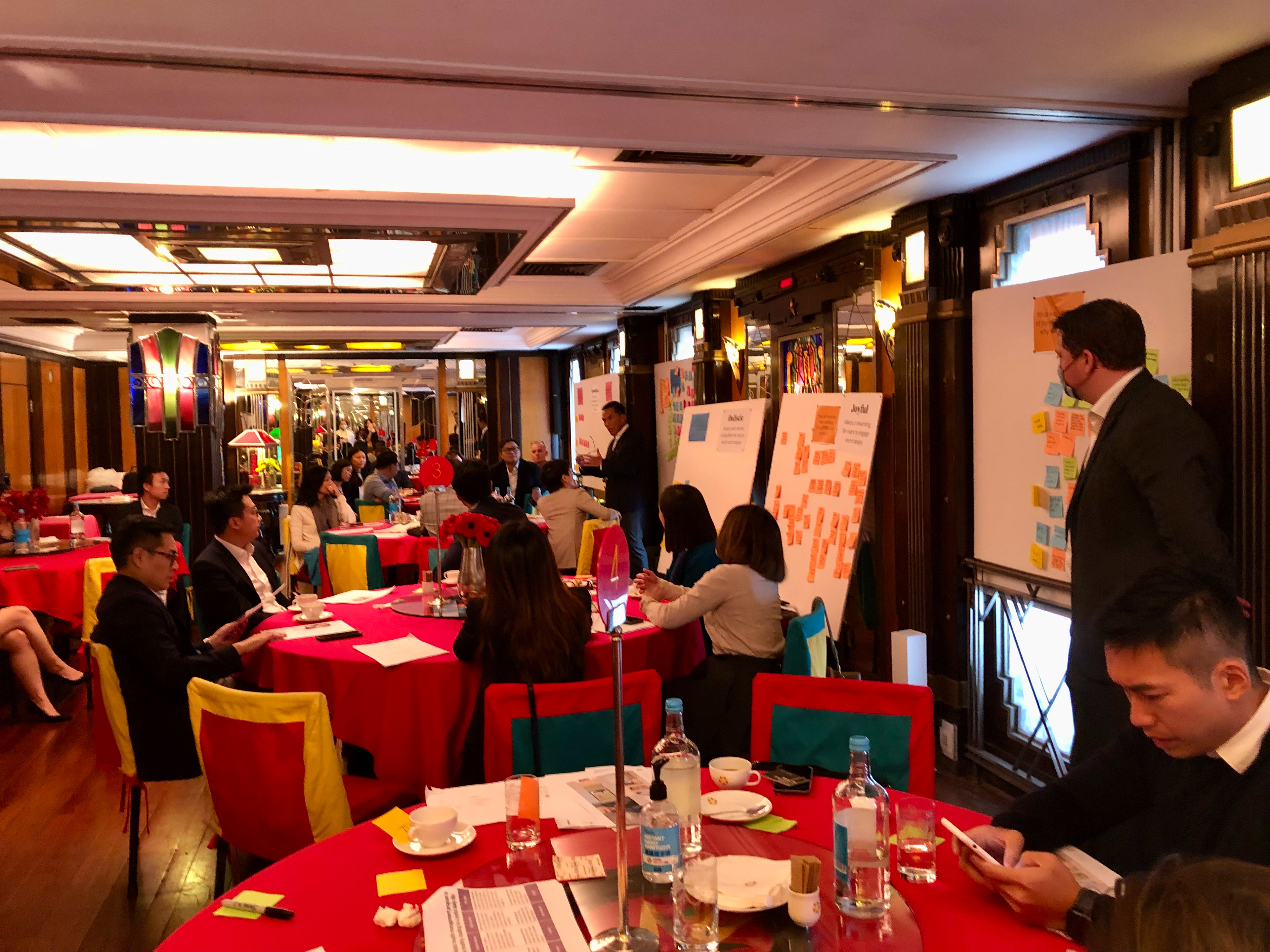
Strategic approach
Our research revealed a fundamental insight that "health and wellness is a journey. The desire for an ideal state is real, but getting advice from a trusted source is not easy".
Through user interviews, we discovered people were frustrated by fragmented information and contradictory advice. They wanted collaboration with experts, integrated guidance, and simplified understanding of complex medical concepts.
Defining our value proposition
We reframed the service model around these core insights, which became our unique value propositions (select each image to enlarge):



Specialist silos → Collaboration
Creating a care team where medical practitioners and wellness experts work together, with members as active participants in their health journey.
Fragmented information → Integrated advice
Fragmented information → Integrated advice
Providing personalized knowledge that fits members' goals, delivered through multiple touchpoints and formats.
Complexity → Simplicity
Complexity → Simplicity
Making complex health and wellness concepts accessible without losing scientific credibility.
Scaling the service over time
We worked on long term strategy starting with core health and wellness services (MVP) and evolving toward a comprehensive ecosystem including e-commerce, recommendation engines, and knowledge portals.
Long term product strategy map. Note that some parts are redacted for NDA.
Service design
Defining the service required thorough mapping of actors and processes inside the whole ecosystem, in a detailed way, yet not forgetting the holistic picture.
Here's a draft version of a service blueprint we created, with swimlanes to represent customer actions, frontstage vs backstage (staff) actions, touchpoints, and backend systems/tech.
Experience design
Starting from initial curiosity through onboarding, first visit, ongoing relationship building, and long-term health partnership. Each touchpoint designed to reinforce trust, collaboration, and personalized care.
Key principles: Collaborative care teams, personalized health profiling, seamless omnichannel experience, and continuous relationship building between staff and customers.
I worked on some illustrations that later served as concept designs for a video to introduce the service to our client’s upper management teams. With the combined efforts of my talented colleagues, a video to introduce to the Humansa service was created (link will open a new tab).
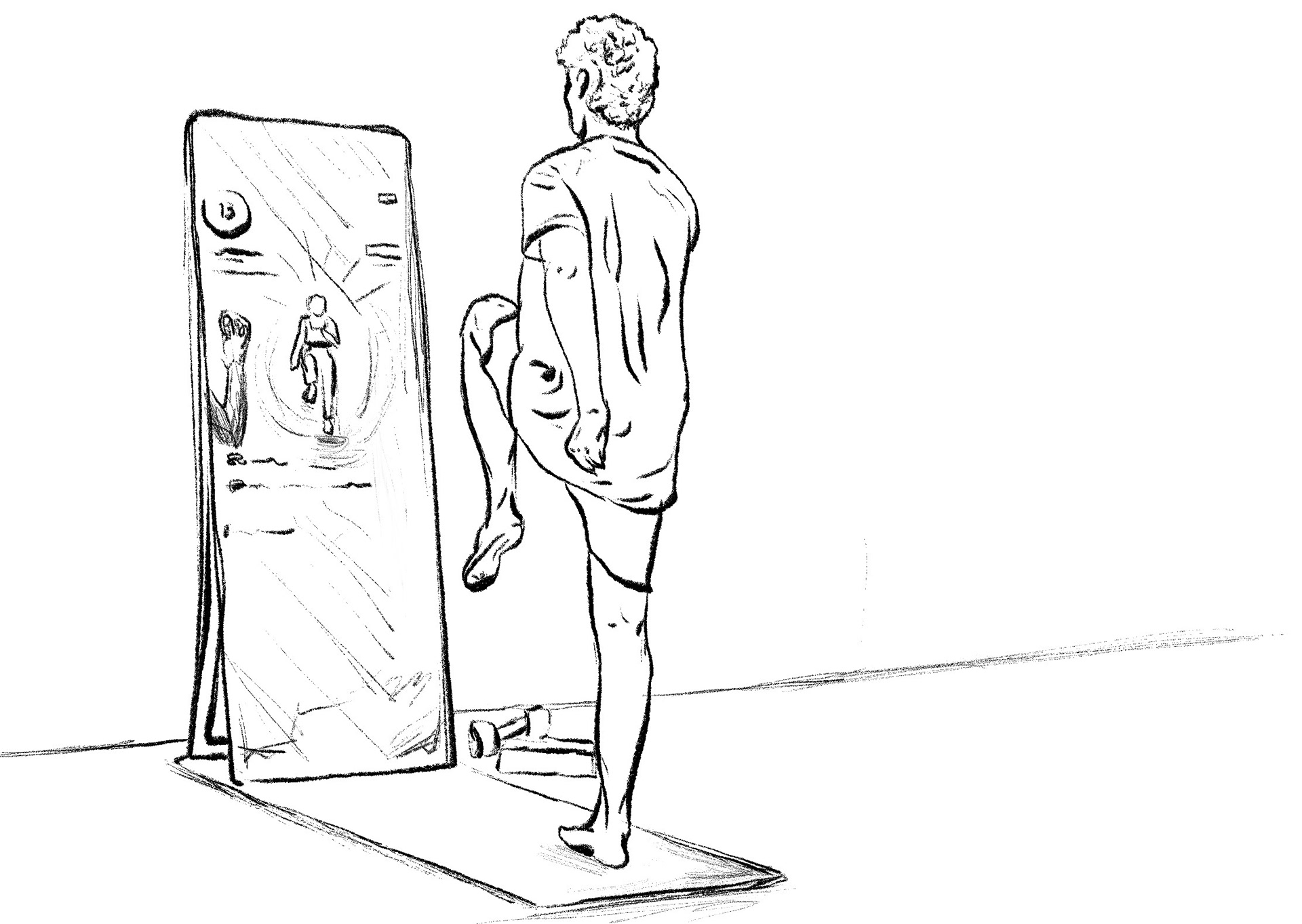
Concept: personalized training coach using smart mirror technology

Concept: disciplinary experts meet to discuss the patient's needs holistically

Concept: asynchronous meeting with a healthcare professional
Technology integration
Rather than replacing human connection, technology use would aim to amplify personalization:
• Pre-visit profiling (asynchronous meeting) maximize face-to-face consultation time
• Real-time health data integration (via wearables) informing wellness recommendations
• Simplified medical insights making complex information actionable
• Continuous engagement between visits through personalized companion app content
Here’s a demo of the prototype highlighting some of these features:
Spatial strategy
The space was also designed for staff collaboration and customer comfort:
• Flexible consultation areas for medical assessment and wellness planning
• Integrated treatment zones where different specialists worked together
• Member lounge spaces for ultimate comfort suitable for the luxury clientele
• Technology-enabled rooms for data sharing and visualization
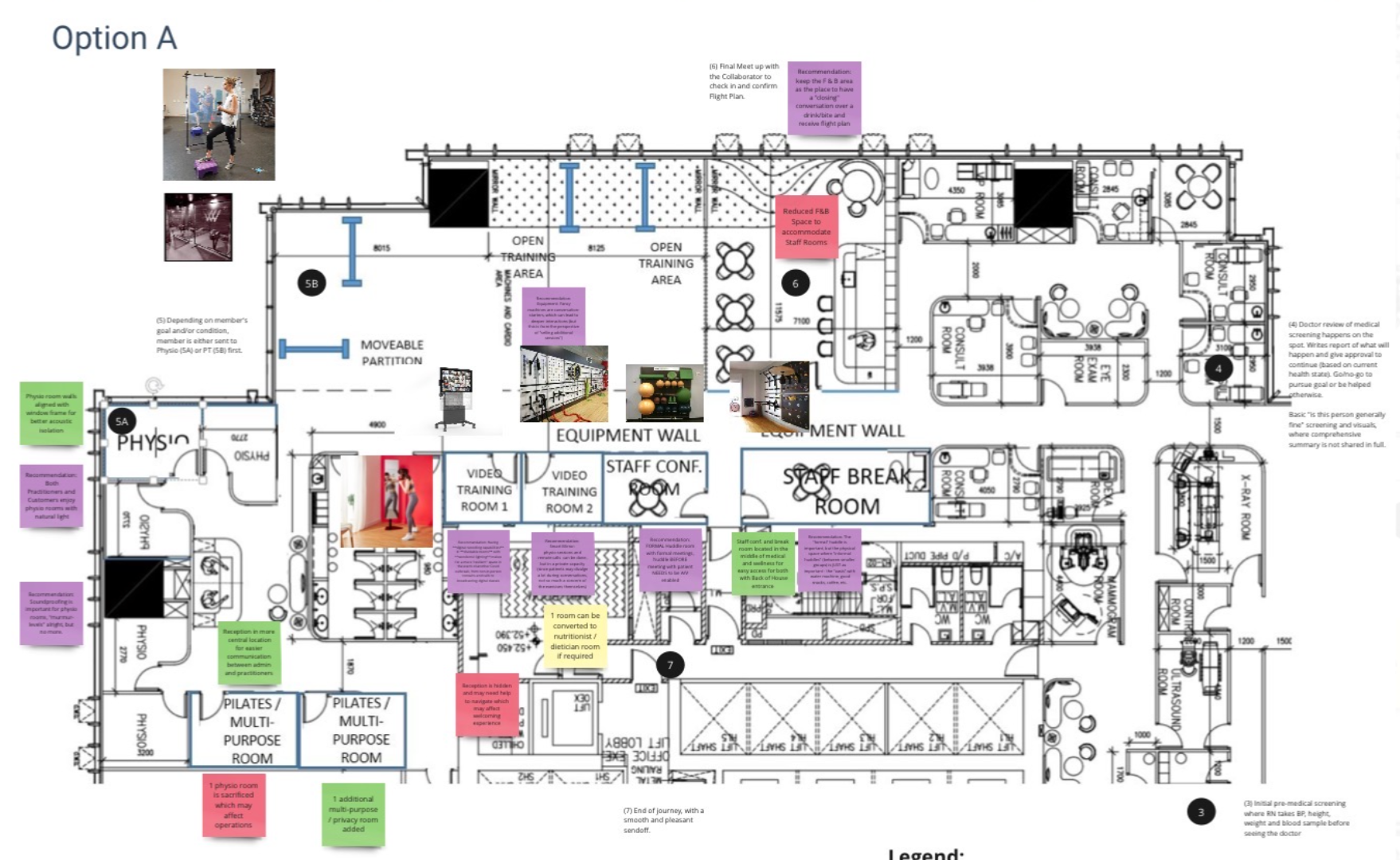
Floor blueprint with annotations about service offerings

Renderings of interior design from another agency
Results
We successfully launched a scalable health and wellness service that bridged clinical credibility with premium experience, creating a new market category and operational blueprint.
Achievements
• Customer base nearly doubled from 43,000 to 80,000 in two years
• Expanded from 4 to 38 centres across Greater Bay Area, proving scalability
• Flagship Victoria Dockside centre successfully launched October 2022 in Hong Kong, following
the service framework we designed for them
the service framework we designed for them
• Strategic partnerships followed, including major healthcare provider AIA Hong Kong
These metrics prove the commercial success and scalability of the service design model we designed for our client! And who knows, maybe you, dear reader, will find a Humansa clinic near you soon…
Learnings
(1) Complex stakeholder ecosystems require continuous alignment rituals, not just initial workshops - Regular check-ins and shared artefacts/diagrams become critical when medical, wellness, tech, and business teams have different success metrics.
(2) User research in regulated industries demands creative methodologies - Traditional usability testing doesn't work when dealing with medical privacy constraints and premium service expectations.
If I could redo this project, I would...
(3) Prototype service interactions, not just digital touchpoints - The human-to-human service moments were as critical as the app experience but harder to test and refine.
(4) Similarly, I'd establish shared measurement frameworks from day one - With medical and wellness partners measuring different outcomes, aligning on success metrics became a ongoing challenge.
This case study was written with the help of Claude AI for grammar and structure checks.
